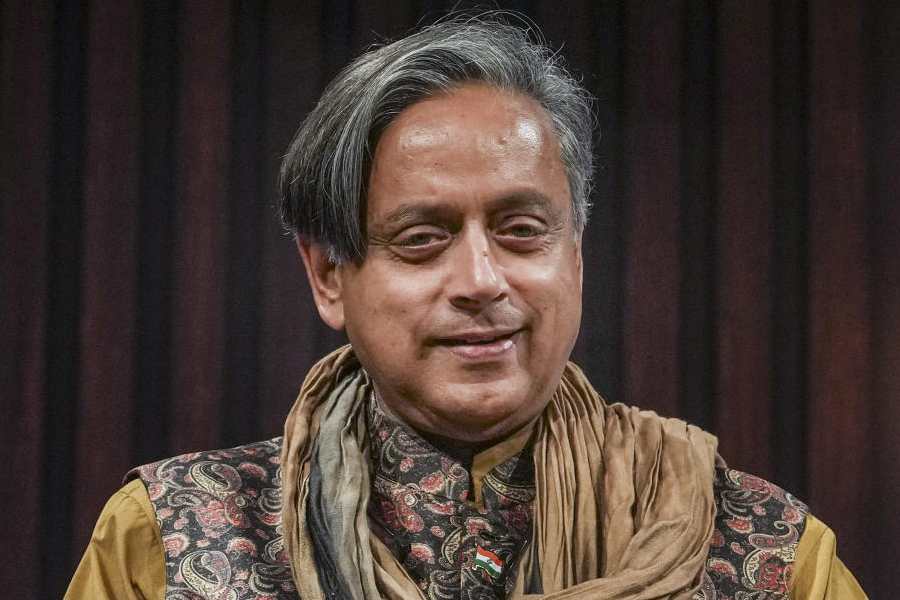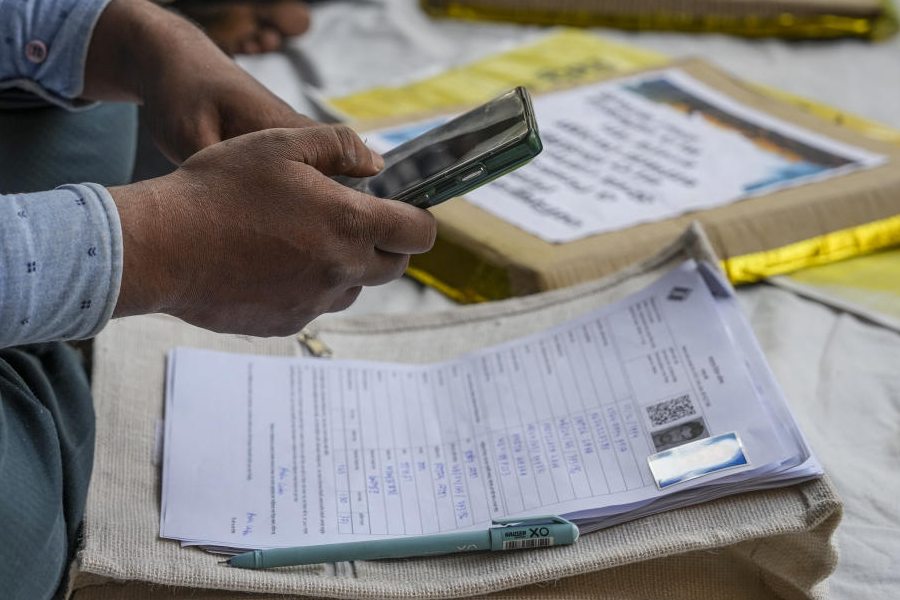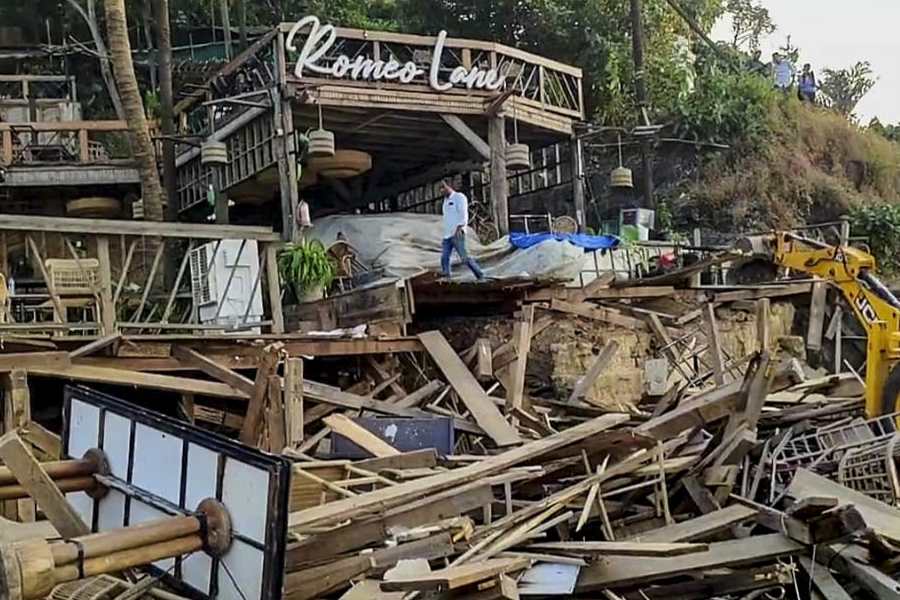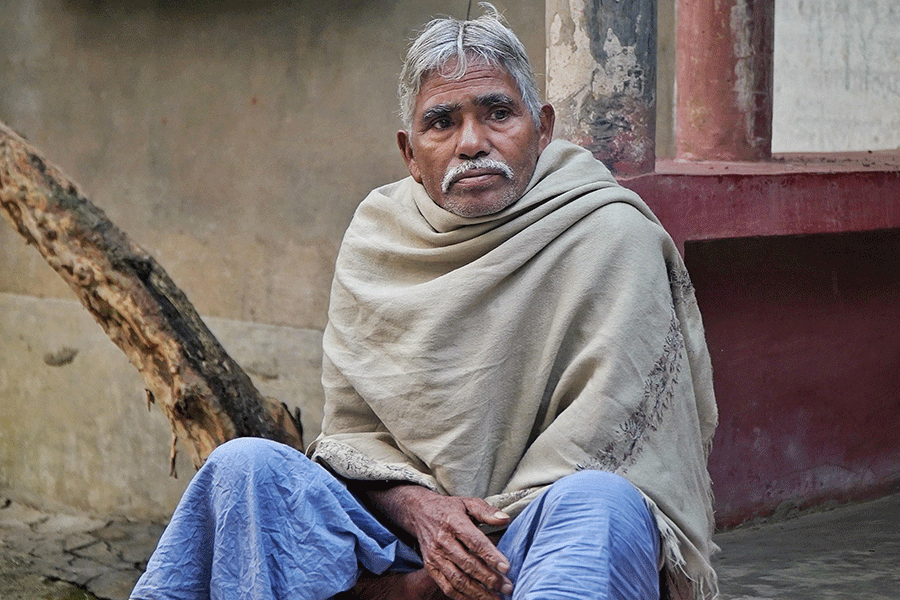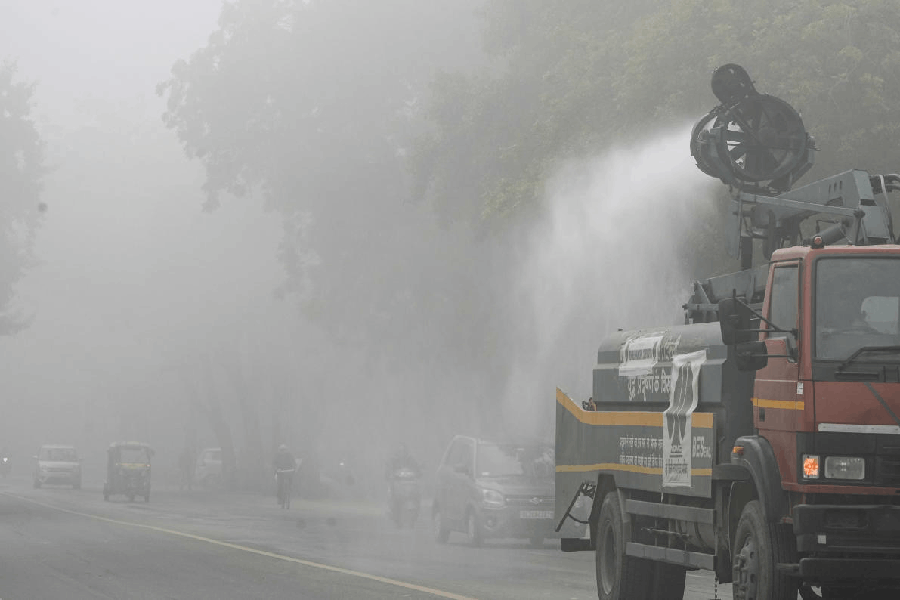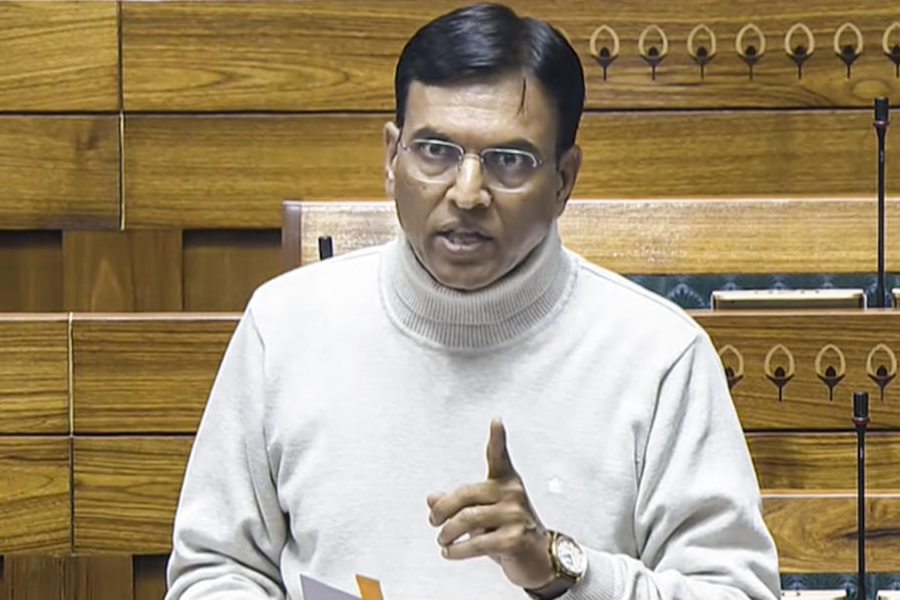The ministry of statistics and programme implementation unveiled the eighth edition of EnviStats India on World Environment Day recently, providing crucial insights into the country’s preparedness for environmental challenges. A key finding of EnviStats India 2025: Environment Statistics is that India’s annual mean temperature increased by almost a degree in the first quarter of the 21st century — from 25.05 °C in 2021 to 25.74° C in 2024, making last year the hottest since 1901. This statistics offers a clearer view of the heat crisis in the country, as the India Meteorological Department’s annual assessments only record anomalies and do not disclose the actual recorded temperature for a year. Further, India’s annual minimum (night) and maximum (day) temperatures rose from 19.32° C to 20.24° C and 30.78° C to 31.25° C, respectively, between 2021 and 2024. The country also experienced nearly 200 heatwave days last year, the highest in 14 years, accelerating the rise in temperatures. Alarmingly, the warming trend was particularly stark during the winter and monsoon months. These findings are consistent with research, domestic and global, that had corroborated India’s rising heat trend. While the IMD announced that 2024 was India’s hottest year yet, the report, People Exposed to Climate Change: June-August 2024, prepared by Climate Central, a New Jersey-based non-profit, highlighted that June-August in 2024 marked India’s second-hottest spell since 1970.
The consequences of heating are varied and portentous. Heatwaves accounted for nearly 10% of all weather-related deaths in India, according to the MoSPI’s report. The Reserve Bank of India had warned last year that climate change could cost India’s economy 2.8% of its GDP. Significantly, the burden of heat is disproportionately spread across social constituencies. A study by India’s premier institutes highlighted that heatwave-related deaths are divided along caste lines. Worryingly, the National Disaster Management Authority’s Heat Action Plans have been criticised for lacking long-term objectives. Structural transformations, such as the building of heat shelters, using heat resistant construction material, afforestation measures, upgrading hospitals to deal with heat-related emergencies, early detection of heatwaves and their public dissemination and formulating a protocol that will allow the government, health responders and emergency services to act seamlessly during such a crisis, need to be met or improved upon. The clock is ticking.


